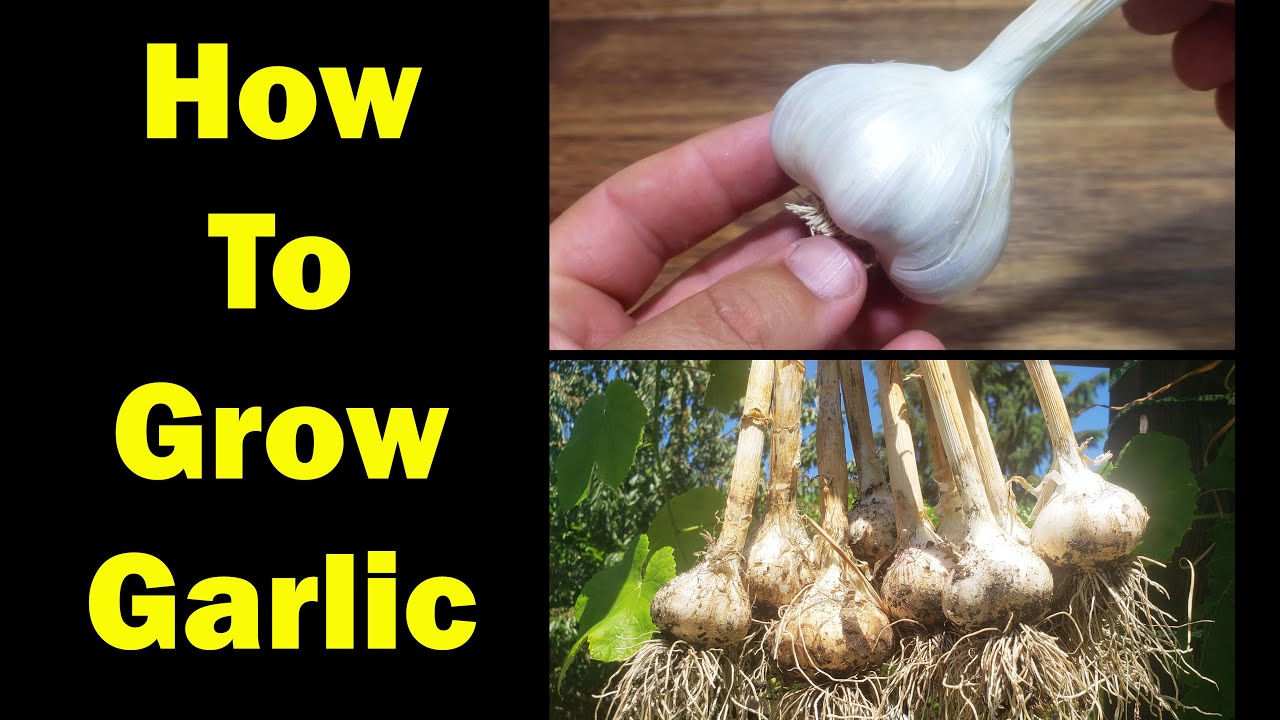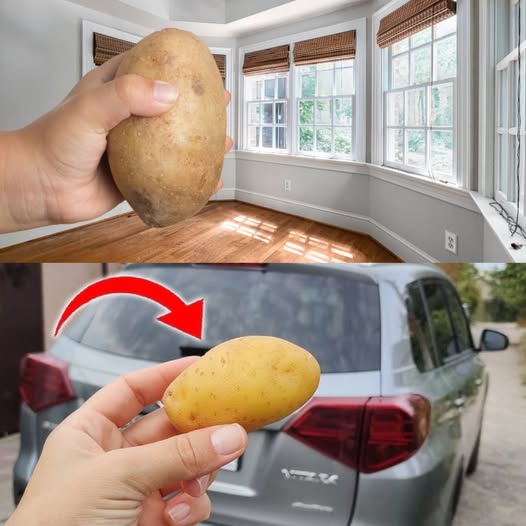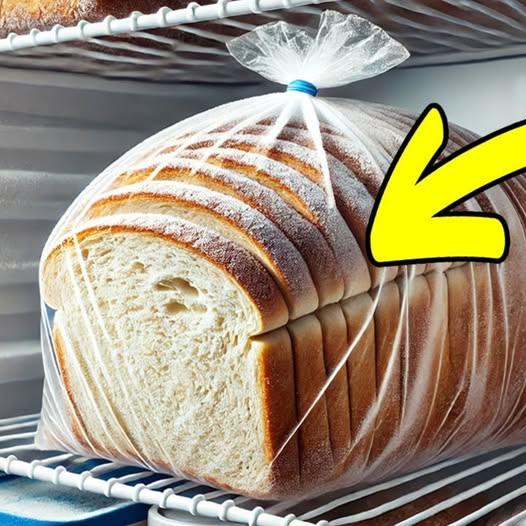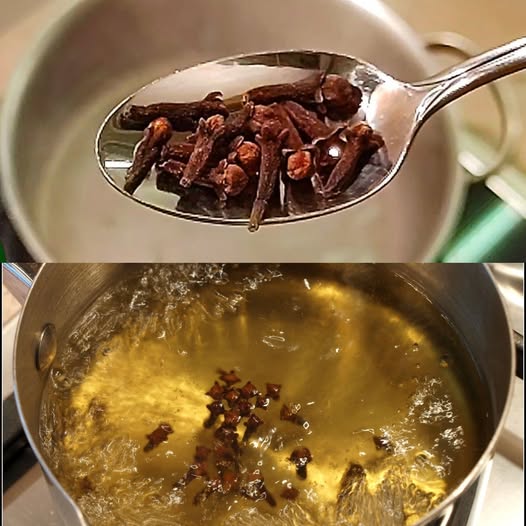
Growing garlic is a rewarding endeavor for any gardener, especially beginners, as it is relatively low-maintenance and can be done in a small space. Here is a definitive guide to help you successfully grow garlic, starting from choosing the right type to harvesting.
Choosing the Right Garlic Type
There are two main types of garlic: Softneck and Hardneck.
-
Softneck garlic is generally more common, stores well, and has a milder flavor. It’s the type often found in supermarkets.
-
Hardneck garlic produces fewer but larger cloves and is known for its robust flavor. It also produces a flower stalk called a scape, which can be harvested and used in cooking.
When to Plant
-
Garlic is typically planted in the fall, about four to six weeks before the ground freezes. This allows the cloves to establish roots without producing significant growth above the surface before winter.
-
In milder climates, garlic may also be planted in early spring as soon as the soil can be worked.
Soil Preparation
-
Garlic prefers well-drained soil rich in organic matter. Prepare your planting bed by adding compost or well-rotted manure to enrich the soil.
-
Ensure the soil pH is between 6.0 and 7.0. You can adjust the pH with lime (to increase pH) or sulfur (to decrease pH) based on a soil test.
Planting
-
Separate Cloves: Break apart the garlic bulbs into individual cloves just before planting. Ensure each clove has some of the papery husk attached and is not damaged.
-
Planting Depth and Spacing: Plant cloves about 2 inches deep with the pointed end facing up. Space cloves about 6 inches apart in rows spaced 10 to 12 inches apart.
-
Mulching: After planting, cover the bed with a couple of inches of straw or mulch to insulate the cloves over the winter, conserve moisture, and suppress weeds.
Care During the Growing Season
-
Watering: Garlic needs to be kept moist during the growing season. Water regularly, allowing the soil to dry out slightly between waterings. Avoid overwatering, as garlic does not like waterlogged soil.
-
Fertilizing: Apply a nitrogen-rich fertilizer in early spring as the garlic resumes growth. Switch to a phosphorus-rich fertilizer just before the bulbs begin to form.
-
Weeding: Keep the garlic bed free from weeds, which can compete for nutrients and water.
Harvesting
-
Scapes: If you are growing hardneck garlic, the scapes should be cut off as they appear to encourage the plant to direct its energy into bulb growth. Scapes are edible and can be used in cooking.
-
Bulbs: Garlic is usually ready to harvest in the summer when the lower leaves start to brown. The exact timing can vary based on the climate and weather conditions.
-
Curing: After harvesting, cure the garlic by hanging it in a dry, shaded, and well-ventilated area for a few weeks. Curing develops the flavor and prepares the bulbs for storage.
Storage
-
Once cured, trim the roots and cut the stalks off softneck garlic to prepare them for storage. Hardneck garlic can be stored with its stalks if preferred.
-
Store garlic in a cool, dry place with good air circulation. Properly cured garlic can be stored for several months.
Growing garlic is straightforward and mostly requires patience and minimal care once the cloves are in the ground. By following these guidelines, even a beginner gardener can expect a successful harvest of homegrown garlic, which is more flavorful than store-bought alternatives.




